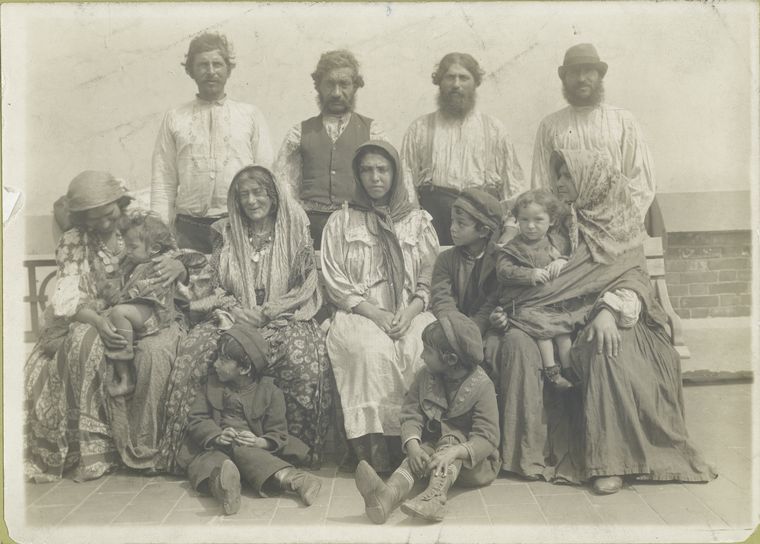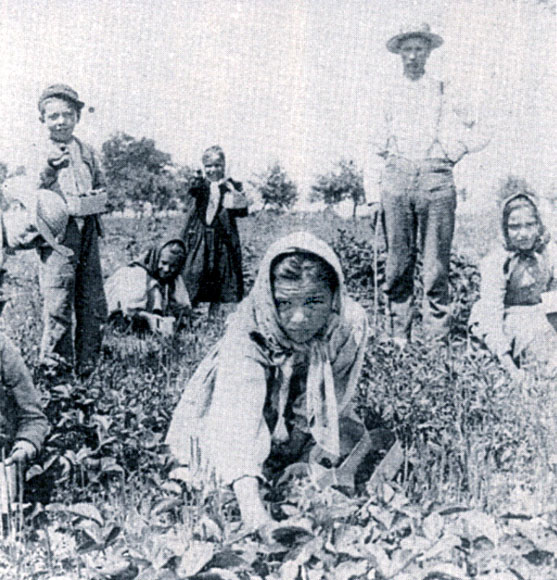97 Orchard Street – Lower East Side, Manhattan
The “Getting By” tour takes you through a typical day in the life of two families that lived at different times in the tenements at 97 Orchard Street. The building that I walked through was very dark with narrow hallways. The walls were lined with potato sacks and the ceiling was made of aluminum. There were paintings on the walls and it had a wooden banister. From downstairs it seemed like a regular apartment building that just needed some better lighting and a good cleaning. But once I went upstairs, I got the chance to step back in time and see how the tenants really lived. The quarters were tight and the views were nonexistent. The families had no privacy, and the children had nowhere to play. The tenements were by no means suitable living conditions, but they were in America – and to the residents of Manhattan’s poverty stricken, disease ridden, over populated Lower East Side, that meant that there was chance for a batter life. A chance that simply was not possible where they came from.

I’ve actually visited this museum on more than one occasion, once in elementary school, again in my first year of college for a sociology paper, and them a third time for this class. I chose to visit the tenement museum again for this assignment rather than one of the other sites in NYC with historic significance because I thought it would be a good idea for my 12 year old sister to get a look at how difficult the conditions were that our grandparents had to endure when they first came to this country to give us the opportunities that we now have in front of us. I think it would be a great idea for anyone who hasn’t been there to make it a point to get there at some point – I think you’ll all really appreciate it.
-C. Salama


















